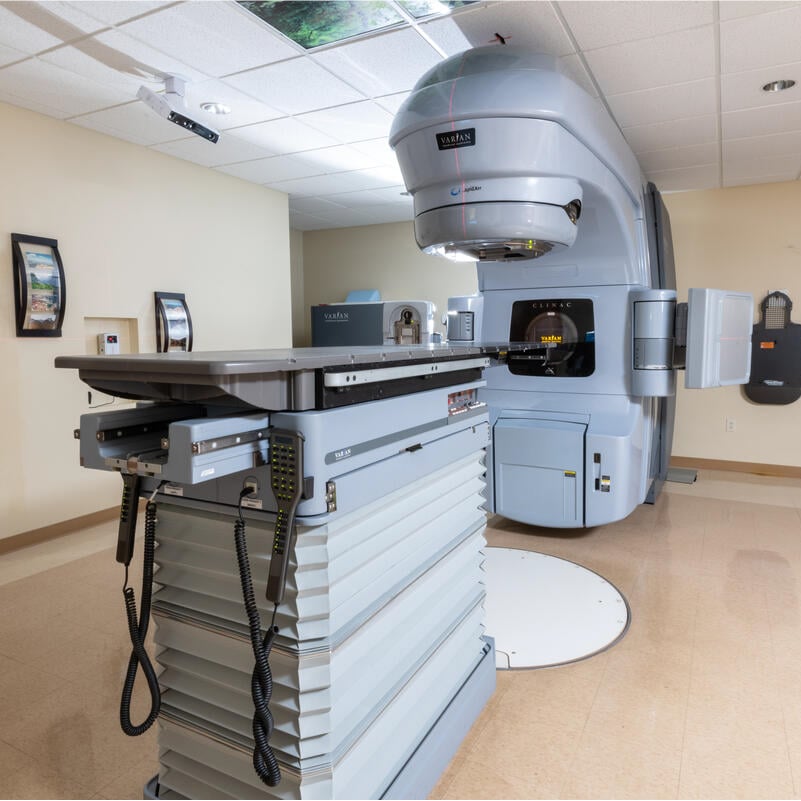June is Men’s Health Month – an excellent opportunity for men to take stock of their health, center new habits around diet and exercise, and schedule a screening for the most treatable cancer among men if caught early: prostate cancer.
Importance of early screenings
A recent study from the University of Southern California showed that metastatic prostate cancer, the most advanced form of prostate cancer, is on the rise while prostate cancer screenings have been declining.
Metastatic disease – when cancer cells spread to other parts of the body – has risen by as much as 43 percent in men ages 75 and older and 41 percent in men between the ages of 45 and 74. One of the reasons for this increase: prostate cancer screenings have been dropped from most routine physical exams.
The U.S. Preventive Services Task Force recommends against PSA testing for men 70 and older; however, thanks to raised standards of healthcare, men are living longer lives and are active into their 80s and 90s. This is one of several reasons why cutting off screening at age 70 may be too early. If these men develop metastatic prostate cancer, treatment may not be as easy to endure since they may not have the same stamina they had in their 70s.
When caught early, prostate cancer is a very treatable. But when caught too late, it could turn into metastatic disease. Screenings help to detect cancer before the disease spreads.
Initial tests
One of the first steps for diagnosing prostate cancer is a prostate-specific antigen (PSA) test. A PSA test is a blood test that measures levels of a specific protein released by the prostate. If tests results show the PSA levels are outside the normal range, it could indicate the presence of cancer. Urologists can monitor for those changes over time.
PSA tests are covered by most private insurances; all Medicare-eligible individuals ages 50 and older are also covered.
If a PSA test does warrant further testing through an MRI and biopsy, and cancer is found, there are new treatment options that are less invasive than the standards of care – which are surgery and radiation.
More: Prostate Exams: Do You Really Need One?
With proper testing, healthcare providers can avoid having any patients suffer from complications of advanced prostate cancer. The sooner patients are diagnosed, the more likely they are to have lower grade, localized disease.
Potential treatments
Newer technologies such Focal One HIFU (high intensity focused ultrasound) and other less invasive therapies can lower the risks of urinary incontinence and sexual dysfunction that come with standard surgery and radiation treatments for prostate cancer. Focal HIFU integrates MRI images with guided ultrasound imaging, allowing doctors to pinpoint the exact location of a cancerous tumor and aim high-speed ultrasound waves to destroy it. This approach helps to avoid collateral damage to surrounding tissue and nerves.
In some cases, providers may be able to monitor the cancer (active surveillance) without any intervention.
By providing simple blood testing and other prostate screening options, men can be prevented from suffering from advanced disease through early cancer detection. If you have been putting off your prostate screening, now is a great time to start.








